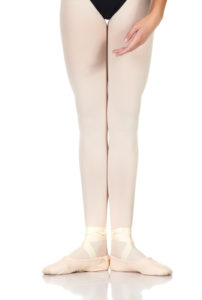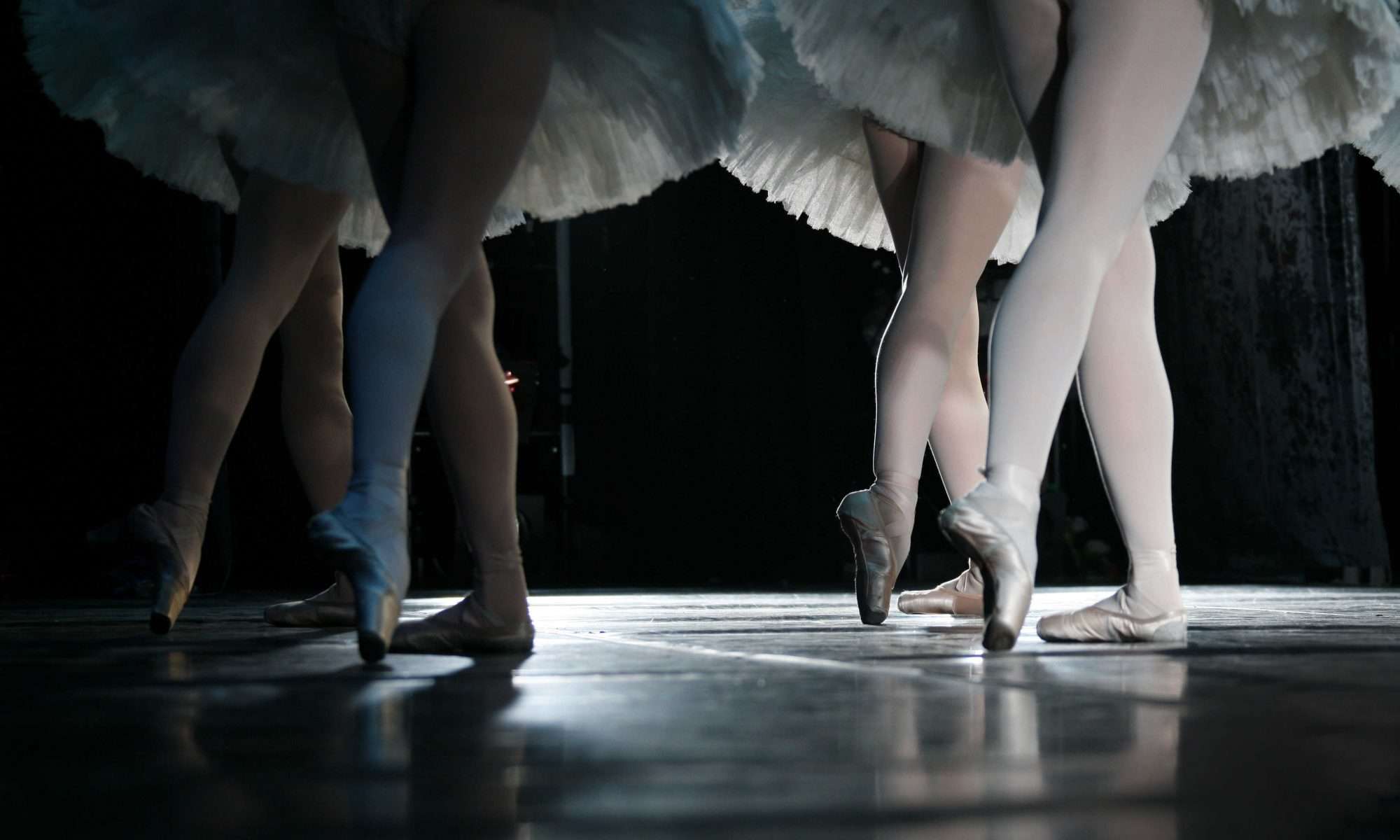 Turnout: a word you will hear from your ballet teacher throughout class and throughout your dancing career. There are differing views on how to go about reaching your maximum turn out, and this can (or should) be a make or break it point when choosing a teacher. I would definitely steer clear of any teachers who demand perfect turnout. It is much safer to practice ballet with a teacher who has you work within your natural ability to turn your legs and feet outward, over time increasing your strength and flexibility to maximize your own degree of rotation in the hip.
Turnout: a word you will hear from your ballet teacher throughout class and throughout your dancing career. There are differing views on how to go about reaching your maximum turn out, and this can (or should) be a make or break it point when choosing a teacher. I would definitely steer clear of any teachers who demand perfect turnout. It is much safer to practice ballet with a teacher who has you work within your natural ability to turn your legs and feet outward, over time increasing your strength and flexibility to maximize your own degree of rotation in the hip.
Beware of forcing the feet into a perfect 180 degree angle in first or second position. If you must bend the knees to put your feet into a turned out position you are in for future knee, ankle, and/or hip injuries. The turnout should always be initiated at the hip. Stand with your feet together and parallel, pulling up out of the knees, and then slowly open the toes outward as far as you comfortably can without making any adjustments in the knees. This is your natural turnout. This is where you should work, and gradually your turnout will improve over time and with more training. Attaining good turnout is another reason most ballet dancers need to start when they are young and before the bones are ossified or hardened.
It’s important to learn how to work within your natural turnout. I try to teach younger students to imagine arrows shooting out of their toes when they are standing in first position, and to move their foot along this trajectory in tendu à la seconde rather than directly side. This will keep their hips in line and they can work on feeling the outward rotation of the inner thigh as they brush the floor with their foot on opening and closing. The same holds true when the leg is lifted en l’air as well. We should try not to sacrifice the “squaring off” of our hips and shoulders (both hips and both shoulders square to the front) in order to get the leg more directly side. It takes some time for dancers to learn exactly where “their” turnout is—where they as individuals should aim in order to keep the proper alignment.
The same is true when working front or back as well: work on your turnout but not at the expense of proper placement in the hips, shoulders, or ankles. A good teacher will know how to guide you into working on your turnout without hurting yourself or overdoing anything. Stretching exercises that utilize the power of gravity are most beneficial and least harmful. If you feel pain, you should lessen your turnout or stop. Ballet is not a natural thing for the human body, and I still think there’s something to be said for countries who screen their young for natural ability before allowing them to study ballet. In America, where many young girls take ballet at some point or another, it’s especially important to find a qualified instructor who will not cause any damage.
Therabands are very useful devices for aiding in stretching and strengthening your whole body. Many physical therapists employ them in rehabilitation after injury or surgery. Click here for information on how to use a theraband.
Any other teachers or dancers out there with comments about acquiring good turnout? Please leave a comment!



